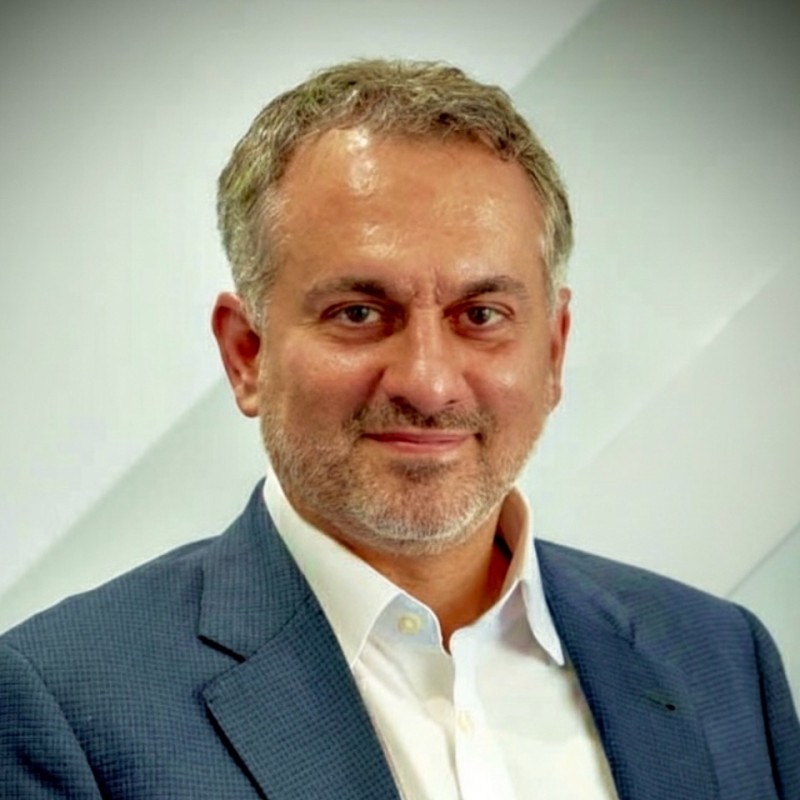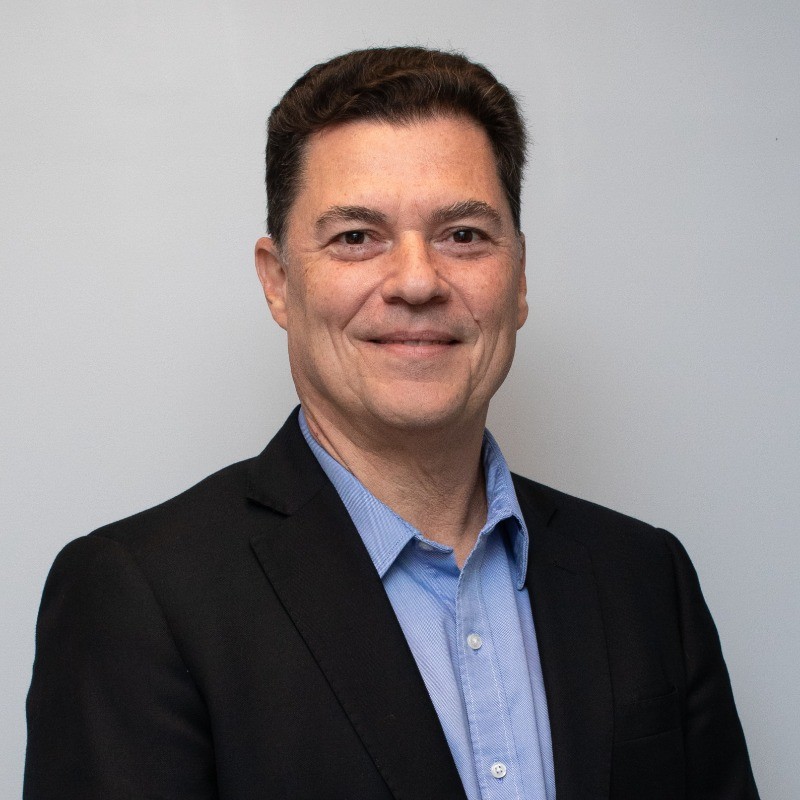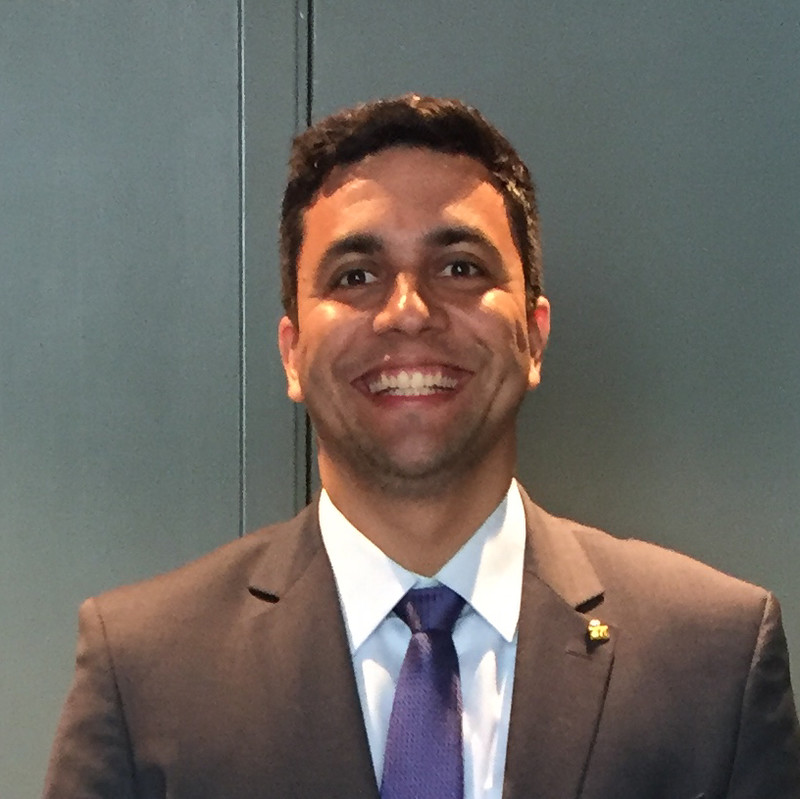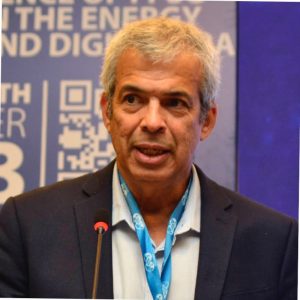Check out our lectures, Q&As and more from Subsea Symposium 2025
Day 1
Day 2
TIMEZONE SYMPOSIUM
BRASÍLIA GMT-3
08:00 - 09:00
- Registration
- November 25
- 1h
Registration
09:00 - 10:00
- Keynote
- November 25
- 1h
- Lecture
Opening & Keynotes speech





10:00 12:20
- Session 1
- November 25
- 2h 20min
- Chair's speech | Lecture | Q&A
Subsea Processing and Boosting Solutions, Flow Assurance, and Production Optimization
Abstract
Subsea processing is no longer a concept—it’s happening now. Join us to explore how technologies like subsea separation, boosting, and injection are being developed and deployed to maximize production and optimize flow. Learn how these systems are de-bottlenecking topside facilities, enabling secondary recovery, and powered by advanced high-voltage distribution networks. This session will bring you up to speed on the latest innovations driving real-world subsea projects. The future of offshore production is unfolding beneath the surface—don’t miss it.”
12:20 - 13:30
- November 25
- 1h 10 min
Session Coming Soon
13:30 - 15:50
- Session 2
- November 25
- 2h 20min
- Chair's speech | Lecture | Q&A
Subsea Tie-backs and Revitalization: Unlocking New Value from Existing Assets
Abstract
Subsea tie-backs and field revitalization are reshaping the economics of offshore production. Join us to discover how oil and gas industry is exploring lean subsea solutions, improving flow assurance strategies and leveraging technologies to unlock stranded reserves in mature fields cost-effectively and sustainably. The subsea landscape is evolving— be our guest to explore the technologies and strategies driving this transformation beneath the surface.
15:50 - 16:20
- November 25
- 30 min
Coffee-break
16:20 - 18:15
- Session 3
- November 25
- 1h 45min
- Chair's speech | Lecture | Q&A
Driving Efficiency and Innovation with Digitalization, Automation, and AI
Abstract
Digital transformation is reshaping subsea engineering, delivering improvements in efficiency, safety, and sustainability. This session explores how technologies such as intelligent automation, data-driven operations, and artificial intelligence are being applied across subsea systems: from real-time monitoring and predictive maintenance to autonomous control. The session will feature practical case studies, address key challenges, and discuss future perspectives on how these digital solutions can be effectively integrated into complex offshore environments.
18:15-20:00
- November 25
- 1h 50min
Cocktail
08:00 - 08:30
- Registration
- November 26
- 30 min
Session Coming Soon
08:30 - 10:50
- Session 4
- November 26
- 2 h 20min
- Chair's speech | Lecture | Q&A
Subsea Integrity, Inspection, Life Extension, and Decommissioning
Abstract
Subsea integrity is at the forefront of safe and reliable offshore operations. Join us to explore emerging tools and techniques for inspection, digital monitoring, and predictive maintenance that extend asset life and optimize performance. Learn how operators are planning and executing decommissioning with innovative approaches that ensure compliance, reduce costs, and minimize environmental impact. This session highlights the latest practices for safer operations, longer field life, and responsible asset decommissioning, with digitalization as the key enabler of smarter inspection, monitoring, and life-cycle management.
10:50-11:20
- November 26
- 30 min
Coffee-break
11:20 - 13:15
- Session 5
- November 26
- 2 h
- Chair's speech | Lecture | Q&A
Energy Addition and Sustainability in Subsea Operations
Abstract
More Energy is needed to improve the living conditions of 2 million people, but we have to deliver this energy with the lowest possible carbon intensity. There are a number of ways the Subsea Area can contribute to that challenge. Some of the potential solutions will be covered in this session Low-carbon technologies, decarbonization, electrification, and sustainable practices.
12:45-13:15
- November 26
- 1h 15min
Lunch
14:00 - 15:45
- Session 6
- November 26
- 1h 45min
- Chair's speech | Lecture | Q&A
Supply Chain Challenges and Opportunities
Abstract
The subsea supply chain must move beyond overcoming challenges to rethinking how it engages with the market. This panel will examine how innovation, local content, and early engagement – together with the growing role of Tier 2 suppliers – can drive competitiveness, resilience, and new opportunities across the subsea industry.Focus on qualified suppliers, including Tier 3 and Tier 4, for growing industry demand. Including national companies
Chair's speech

Gisela Macedo
- Petrobras
15:45-16:15
- November 26
- 30 min
Coffee-break
16:15-18:00
- November 26
- 45 min
Pitch session
- Cognitivi
- Simeros
- Tidewise
- Deep Seed
18:00-20:30
- Award cerimony
- November 26
- 2h30min
- Cerimony
Award cerimony | 9 categories

Volmir Korzeniewski
- SLB OneSubsea

Rafaela Vieira
- Subsea7
- Best presenter of the edition
- Best Startup
- Outstanding professional of the subsea industry
- Outstanding Young professional in subsea industry
- Best subsea R&D project in last 3 years
- Best HSE Solution in subsea
- Best Energy Transition in Subsea
- Best Subsea Technology Innovation
- Best Digitalization Initiative in Subsea Industry











